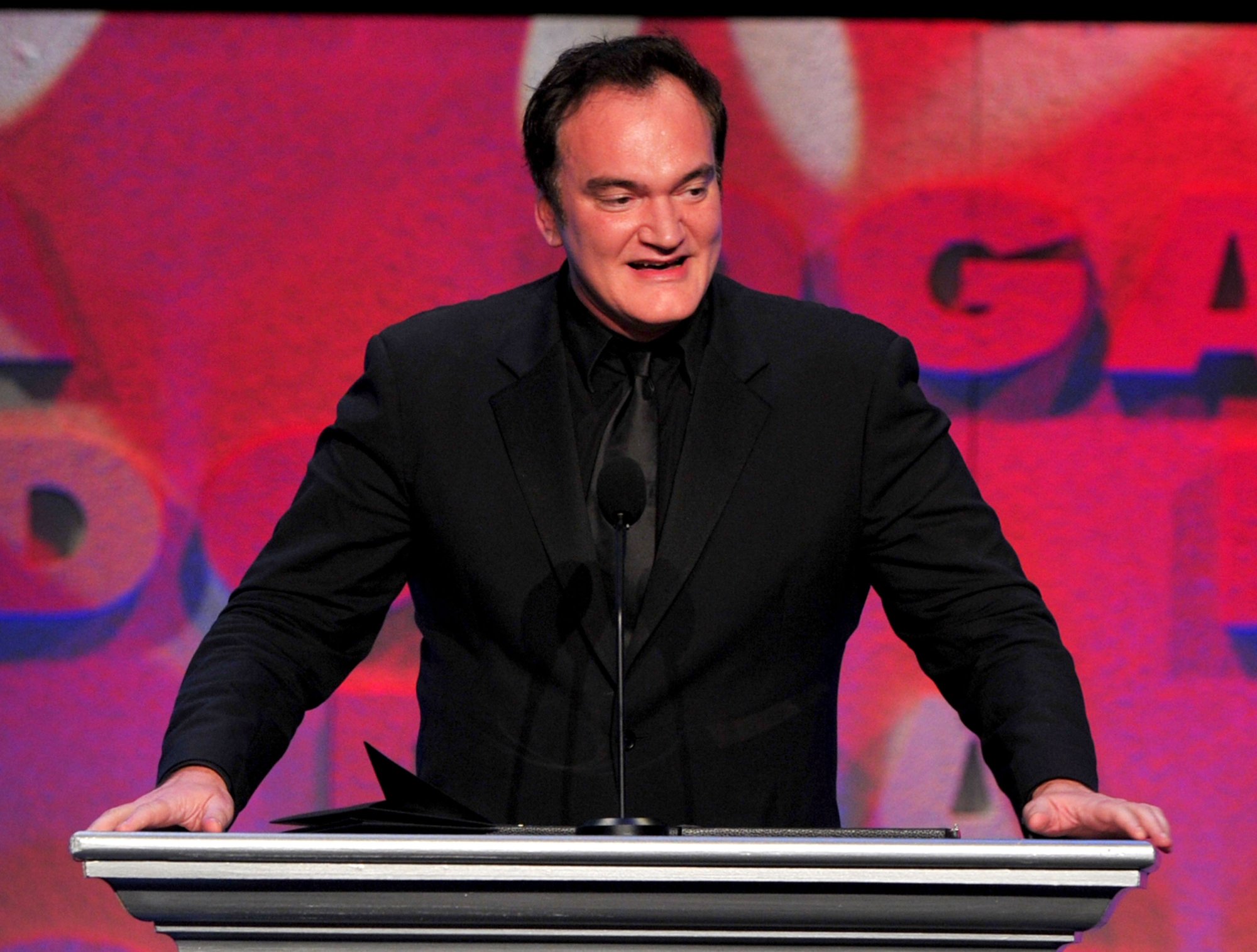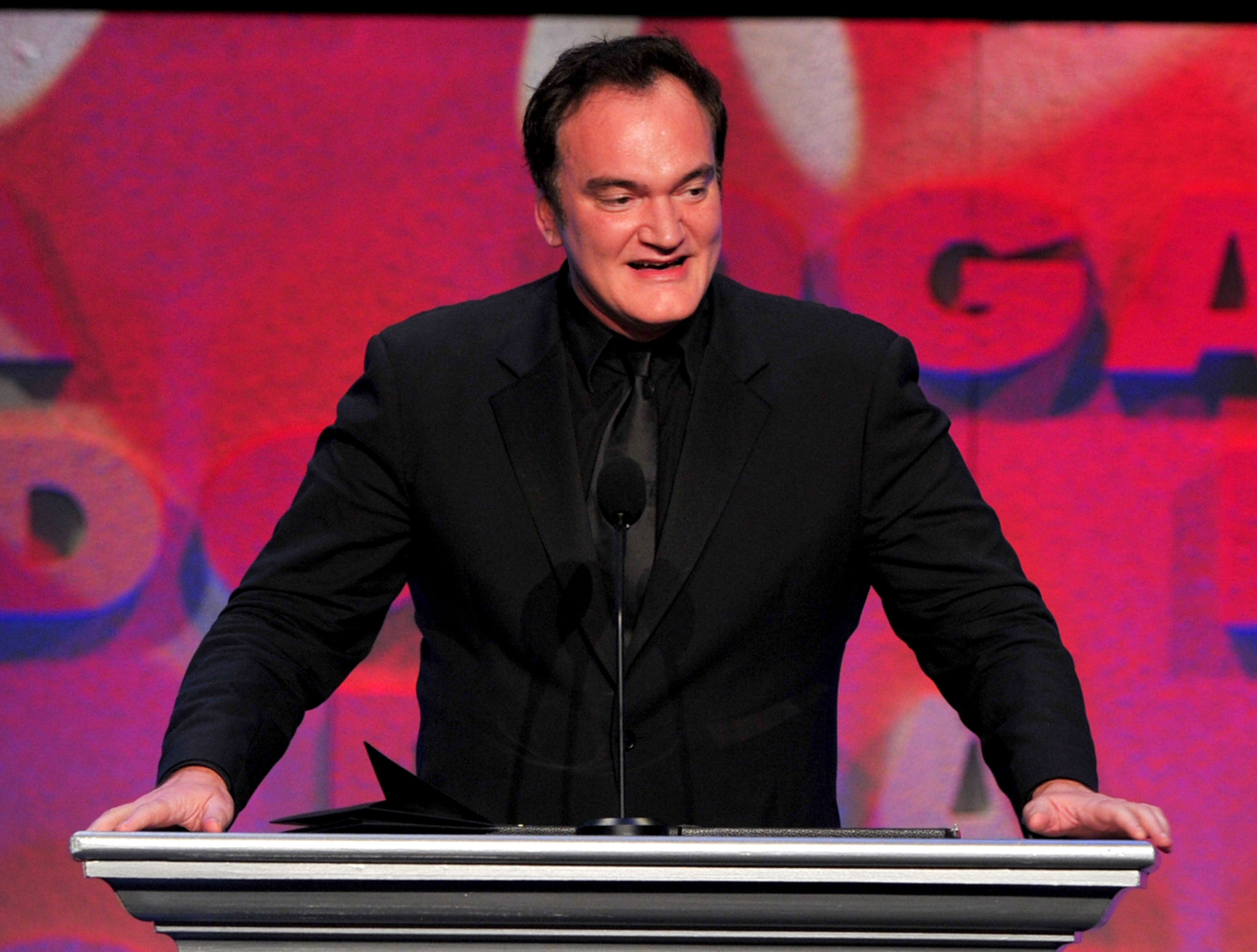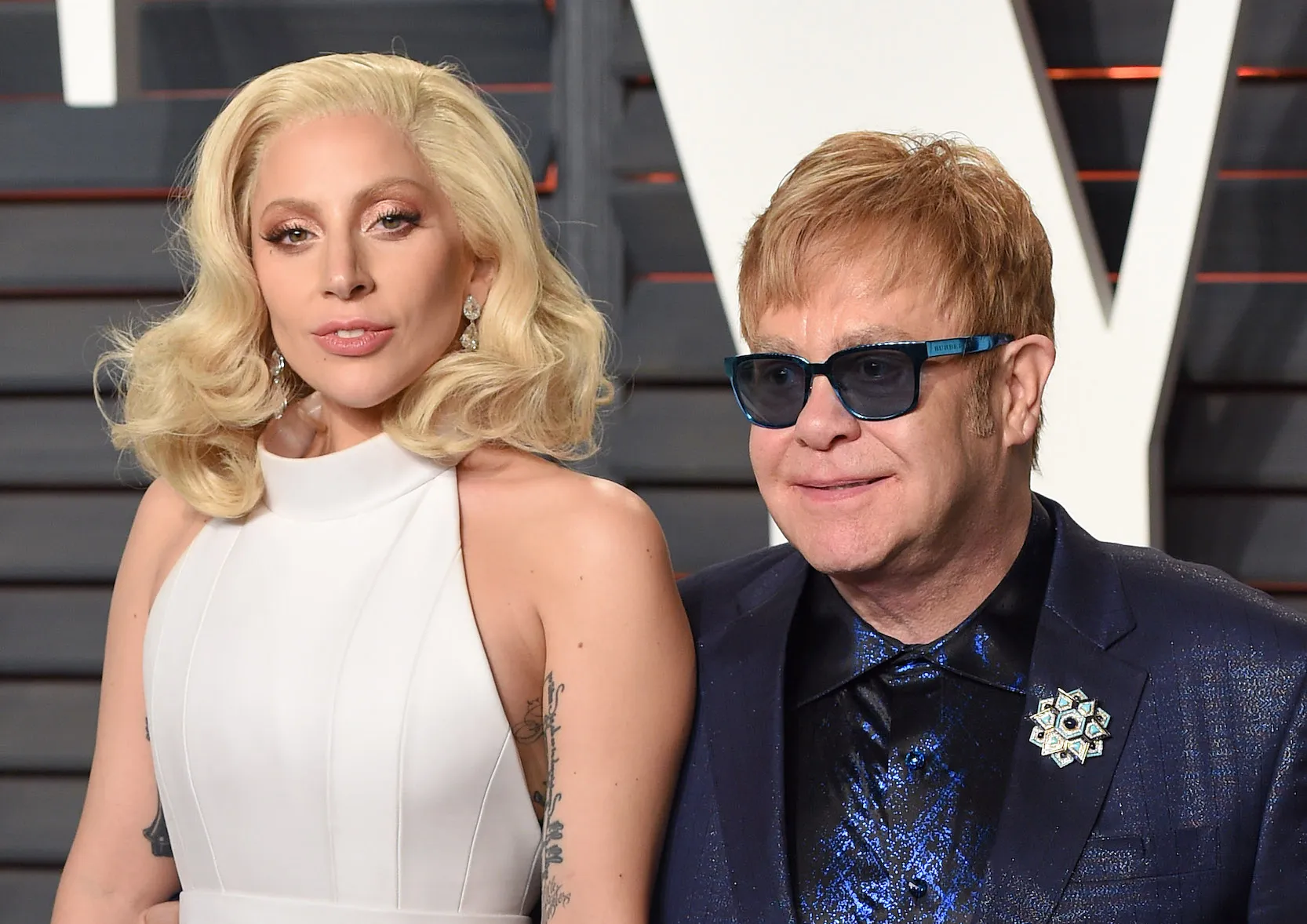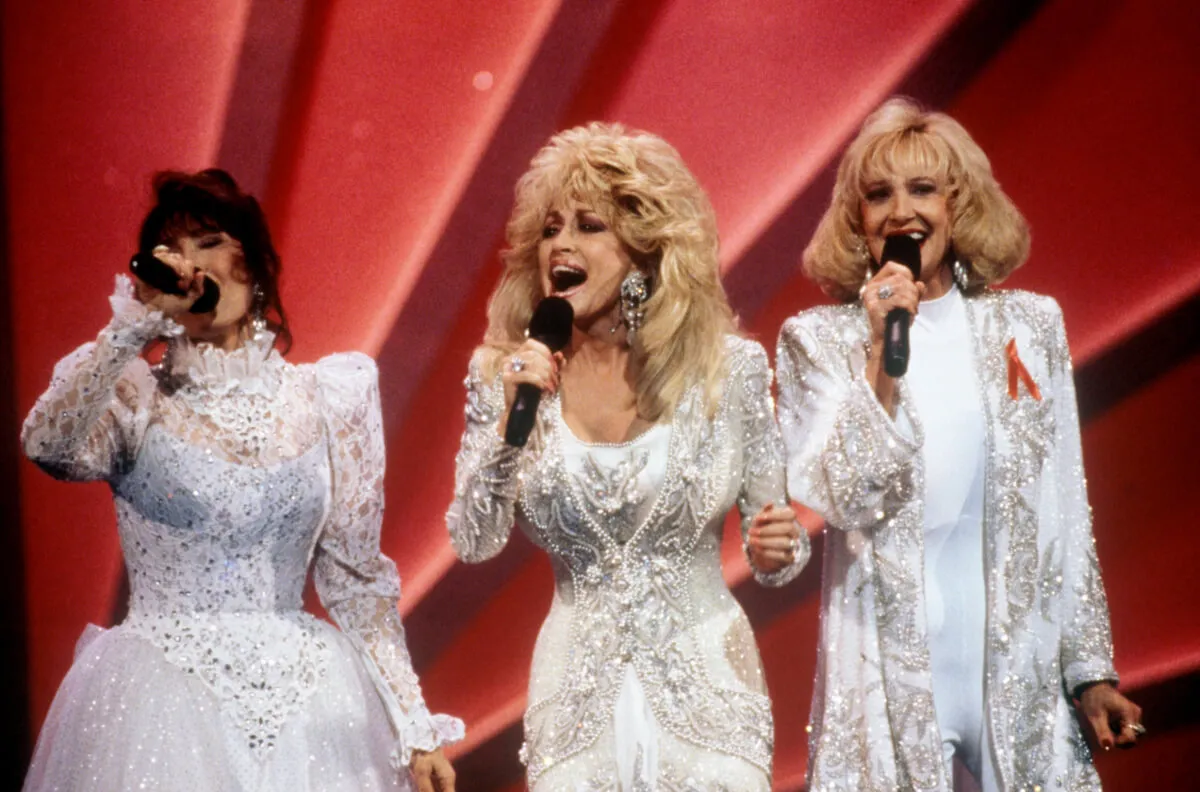
Quentin Tarantino Explained Why Avoiding ‘Boring’ Battle Scenes Made ‘Inglourious Basterds’ Better Than Other War Movies
Inglourious Basterds filmmaker Quentin Tarantino had a lot riding on his World War II movie. He had a lot of doubts about it after Death Proof fell on its face at the box office, but Inglourious Basterds ultimately proved to be a huge return to form for the writer/director. Tarantino explained why he avoided “boring” battle scenes to be better than other war movies.
Quentin Tarantino gave himself a deadline to make ‘Inglourious Basterds’

Ian Nathan’s Quentin Tarantino: The Iconic Filmmaker and His Work explores the many hardships that the filmmaker encountered over the course of his career thus far. Tarantino felt that he overthought making Death Proof and Kill Bill, so he didn’t want to make the same mistake on Inglourious Basterds. As a result, he gave himself a deadline to finish his movie – the Cannes Film Festival submission date.
Tarantino would work around only having a single day to get specific shots in Inglourious Basterds. He wanted to return to the scrappy form of filmmaking that he had on earlier projects, such as Reservoir Dogs and Pulp Fiction. Tarantino filmed Inglourious Basterds mostly in sequence, therefore allowing the tension to build in real-time. However, that also created the real pressure of getting the film completed on time.
Quentin Tarantino avoided ‘boring’ battle scenes in ‘Inglourious Basterds’
Nathan explored how Tarantino had a very specific vision going into Inglourious Basterds. The WWII-era movie is a saturated market and the filmmaker wanted to stand out. As a result, Tarantino didn’t want Inglourious Basterds to have battle scenes. “That s*** bores me,” he said. The filmmaker didn’t want to default to what everybody else was doing.
Rather, Tarantino wanted to focus on the “human friction” in Inglourious Basterds. He wanted to stretch what he called the “rubber band” within a scene as much as he could without it snapping. As a result, audiences sat through some incredibly intense sequences that often threatened an all-out action sequence. Tarantino certainly included his iconic violent signature, but he would always utilize tension-building leading up to it. For example, the cellar bar sequence is significant for its ability to make its audience sit at the edge of their seat.
The filmmaker returned to a focus on language
Nathan pointed out that Tarantino focused on language over gunfire in Inglourious Basterds. As a result, the characters are ultimately engaging in combat with their wit, charm, and deception, rather than physical weapons. Tarantino explained that it’s one of the reasons why he can direct his own material better than anyone else: “Because I have a confidence in my material that no one else would.”
Tarantino previously focused on language in other movies, such as Pulp Fiction. However, the characters in Inglourious Basterds often speak different languages. As a result, their interactions play out through subtitles. Nevertheless, the filmmaker managed to meet the Cannes deadline with only hours to spare.


